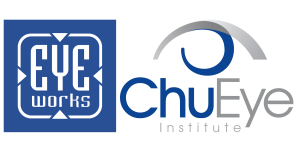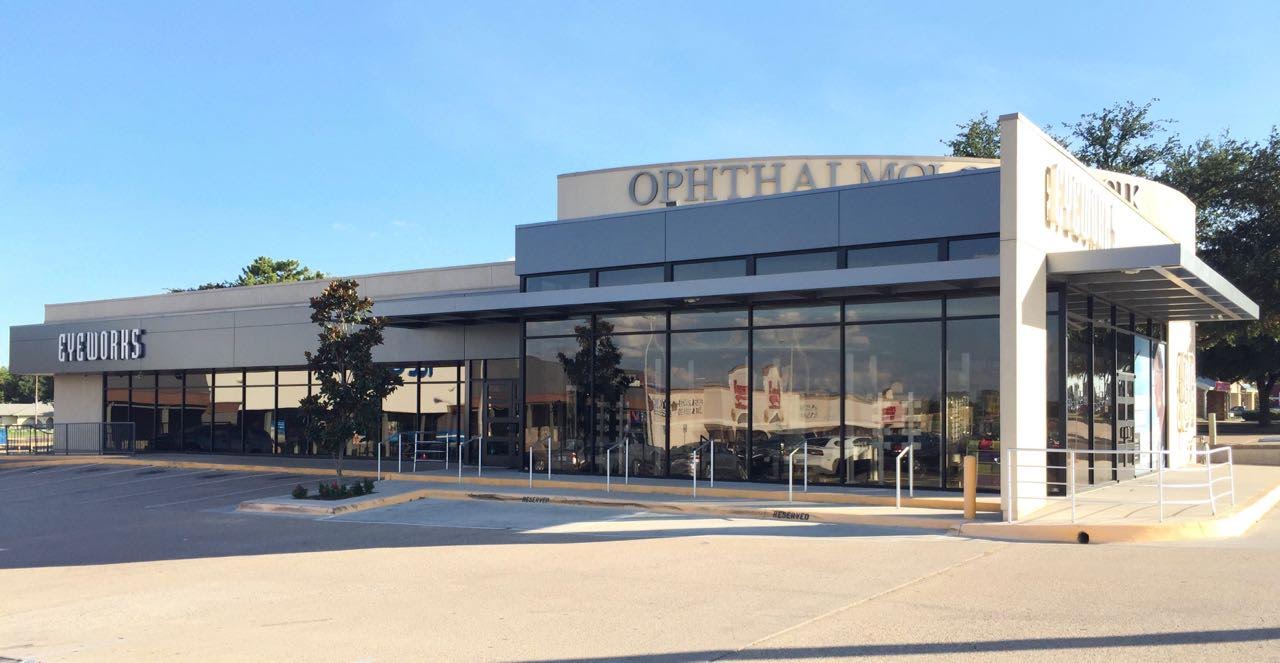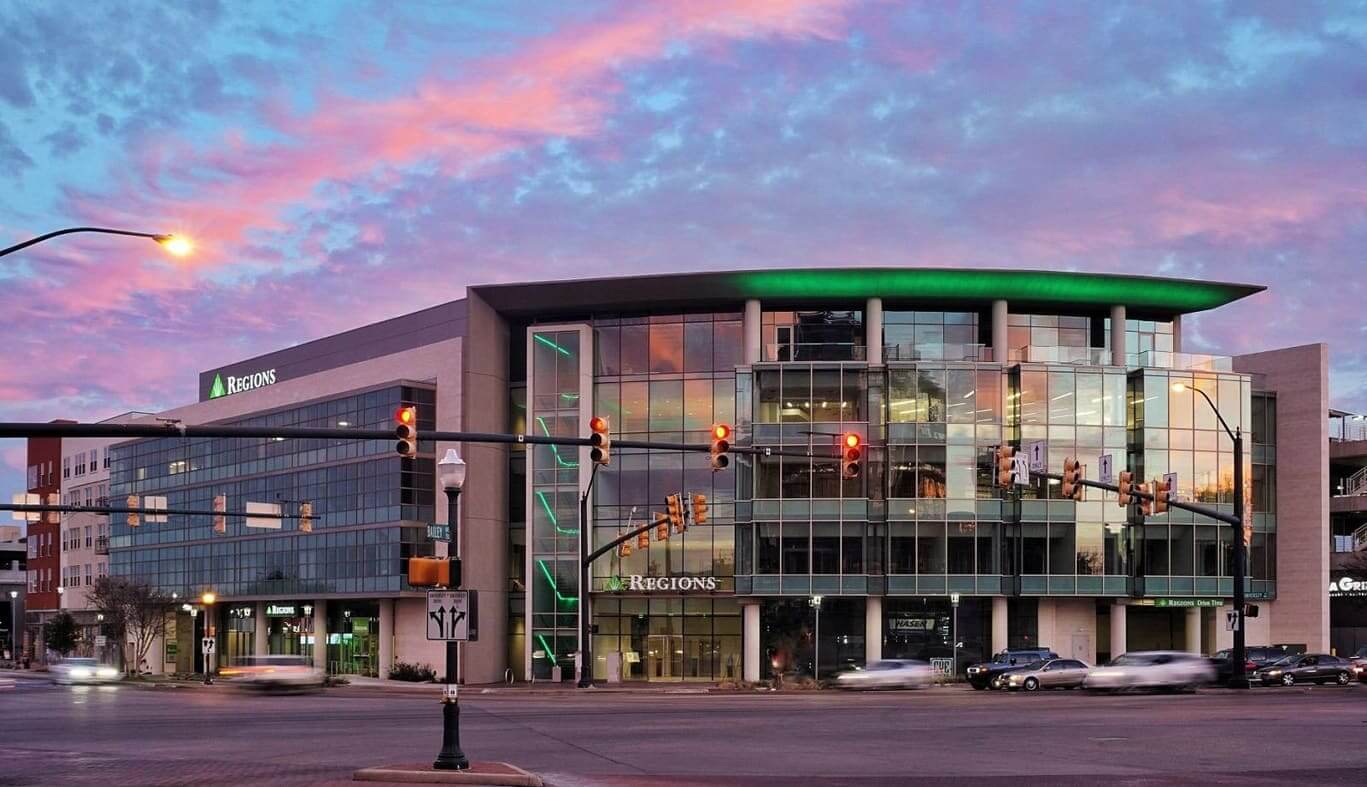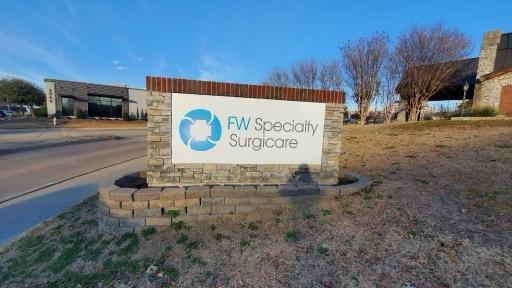What is Ocular Hypertension?
The term ocular hypertension usually refers to any situation in which the pressure inside the eye, called intraocular pressure (IOP), is higher than normal. Eye pressure is measured in millimeters of mercury (mm Hg). Normal eye pressure ranges from 10-21 mm Hg. Ocular hypertension is usually defined as an IOP of greater than 21 mm Hg.
Because ocular hypertension is the most frequent cause of permanent optic nerve damage, having high pressure inside your eye can raise your risks of developing glaucoma. The optic nerve is the only connection between the eye and the brain, so any damage leads to lifelong vision loss and even ‘Tunnel Vision.’
However, glaucoma doesn’t develop in everyone with ocular hypertension.
What Causes Ocular Hypertension?
Aqueous humor is the fluid that fills the front part of your eye, behind the cornea, known as the anterior chamber. The fluid acts to nourish the tissues in this area and removes waste products while also assisting in maintaining the shape of the eye.
Because your eyes constantly produce aqueous humor, it must be allowed to drain out of the eye. Drainage occurs at the anterior angle, which is the part of the eye where the fluid can leave the eye into the surrounding blood vessels. To maintain normal ocular pressure, the drainage system must work efficiently.
When aqueous humor is unable to drain correctly, eye pressure rises, leading to ocular hypertension, which raises the risk of damage to the optic nerve.
Symptoms of ocular hypertension
Ocular hypertension is a condition that usually has no obvious symptoms. As a result, it's common to develop ocular hypertension without realizing it.
Treatment For Ocular Hypertension
Ocular hypertension by itself is generally not treated with eye drops or medication, and in most cases the eye doctor will observe your eyes closely to detect if the ocular hypertension is causing the first signs of glaucoma.
Patients with high IOP, without any signs of glaucoma are often referred to as ‘Glaucoma Suspect’ and require annual eye exams.
Once the eye doctor is concerned that the high IOP is leading to glaucoma, prescription eye drops are used to treat ocular hypertension. These drops will either help aqueous fluid drain from your eye or reduce the amount of aqueous humor produced by your eye.
Your eye doctor will most likely schedule a follow-up session a few weeks later to assess the effectiveness of the eye drops.
Additionally, because ocular hypertension raises the risk of glaucoma, it's critical to see your eye doctor for an eye exam at least once a year or as adviced by your eye doctor.
Schedule an eye exam with Eyeworks in Ft. Worth. Our eye doctors can evaluate your ocular pressure and determine whether you have ocular hypertension.
Q&A
How is ocular hypertension different from glaucoma?
Ocular hypertension occurs when a person has increased intraocular pressure without any optic nerve damage or vision loss. Glaucoma, on the other hand, is diagnosed once the pressure starts to damage your optic nerve. Glaucoma can eventually cause vision loss, including Tunnel Vision, or complete blindness, if left untreated.
How does ocular hypertension affect my visual health?
While ocular hypertension itself does not cause vision changes, it dramatically increases your chances of developing glaucoma. This is why it's crucial to have comprehensive eye exams on a regular basis. During your exam, your eye doctor will perform a range of glaucoma tests to detect any changes to your optic nerve as early as possible..








